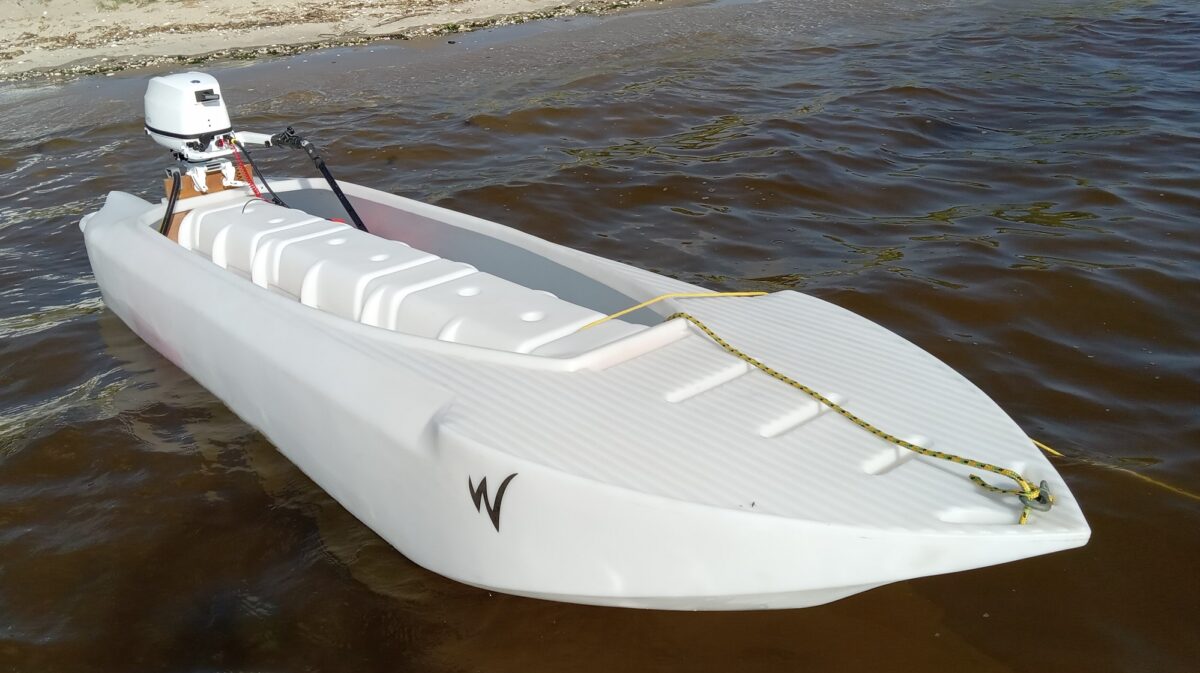It seems like many anglers who rig their kayaks are concerned about drilling holes in them. Generally speaking, drilling holes in a kayak isn’t a good idea, especially in conventional kayaks (SOT, sit-in) whose waterline is so close to the deck that they hardly offer any free board. We assume that common sense rules out the possibility of drilling holes below waterline – After all, you don’t want to test your luck when the odds are stacked against you, and the consequences of being unlucky could be that you’d never get a second chance to try…
However, modern fishing kayaks offer considerable free board, which allows for drilling holes without creating any safety of structural problem. This opens a wide range of possibilities for attaching fishing gear and accessories to your kayak without having to use eyelets (tie-downs) or cleats.
Says Gary, a seasoned kayak fisherman from Florida:
-“Having seen some of the elaborate modifications W kayak owners employ to attach paddles and other gizmos to their W’s, I thought I’d share a really easy, low-cost, no-weight method that I use.”
Read more about drilling holes in your fishing kayak >>












